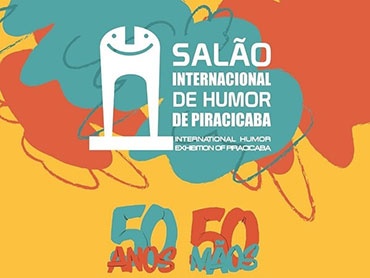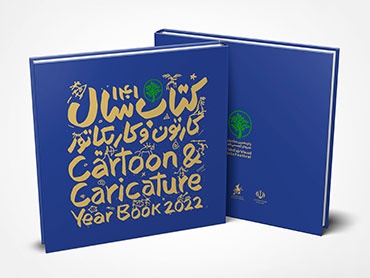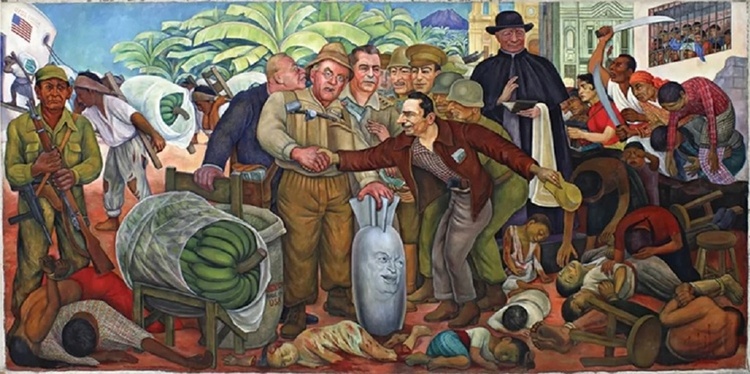
Art and Identity in Latin America
Art and Identity in Latin America: Resistance and Reinterpretation of the Past
Latin American art has always been a mirror of the continent's complex cultural, social, and political dynamics. From the colonial period to the present day, artists from the region have used their works as instruments of resistance, identity reconstruction, and dialogue between the past and the present.
In the 20th century, movements such as Mexican muralism, led by Diego Rivera, David Alfaro Siqueiros, and José Clemente Orozco, consolidated art as a form of political and social expression. Their monumental paintings narrated the struggle of oppressed peoples and claimed their own identity, detached from European paradigms.
Today, Latin American art continues to explore the tensions between tradition and modernity. Contemporary artists such as Tania Bruguera (Cuba), Ernesto Neto (Brazil), and Doris Salcedo (Colombia) question themes such as migration, inequality, violence, and historical memory, using mediums ranging from the body to installations. Their works break down disciplinary and geographical boundaries, reflecting the hybrid and plural character of Latin America.
Current Latin American aesthetics are characterized by mixture: the sacred and the profane, the indigenous and the urban, myth and technology. This visual and symbolic syncretism translates a constant search for cultural self-definition, where the artist acts as a mediator between times, peoples, and languages.
More than an aesthetic production, Latin American art is a form of symbolic resistance—a reaffirmation of diversity, memory, and hope in a continent marked by contradictions. By reinterpreting the past and projecting new visions of the future, Latin American artists reaffirm that art, here, is always an act of freedom.
Latamarte

- December 18, 2025
Gaza and Winter



- December 18, 2025
Sebastian Domenech - Argentina

- December 18, 2025
Artistic Movements and Expressions of Resistance

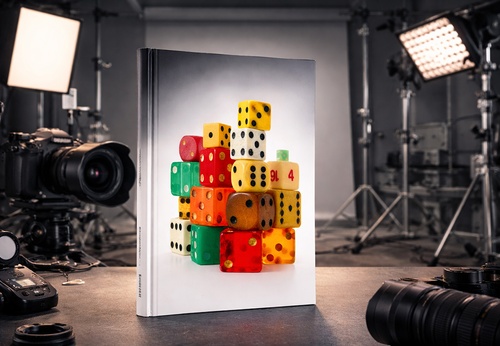
- December 17, 2025
AtEdge | Spring 2025
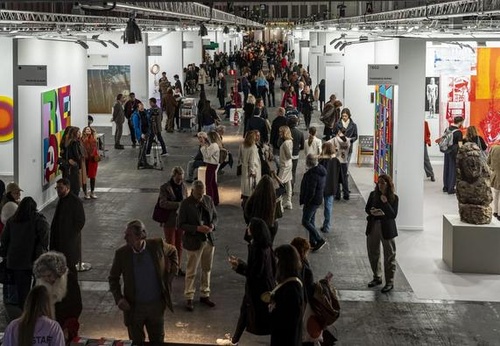
- December 17, 2025
ARCOmadrid Announces Participating Galleries for its 45th Edition
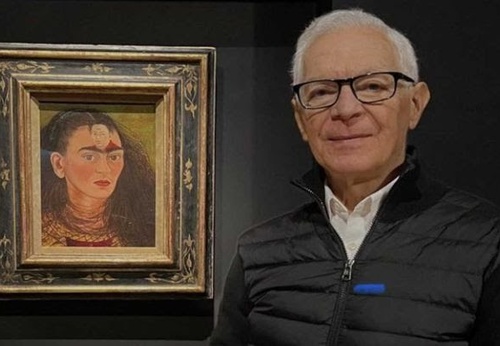

- December 18, 2025
Artistic Movements and Expressions of R…

- December 18, 2025
Art and Anti-Imperialism in Latin Ameri…

- December 17, 2025
Visual Art in El Salvador: Between Memo…

- December 17, 2025
Visual Art in Cuba: A Window to Identit…

- December 16, 2025
Visual Art in Colombia: Diversity, Memo…

- December 16, 2025
Visual Art in Venezuela: Modernity, Ide…

- December 15, 2025
Visual Art in Paraguay: Tradition, Memo…

- December 14, 2025
Visual Art in Chile: Memory, Critique, …

- December 14, 2025
Visual Art in Bolivia: Ancestry, Resist…

- December 13, 2025
Visual Art in Peru: Ancestral Tradition…

- December 13, 2025
Visual Art in Argentina: Identity, Memo…

- December 11, 2025
The Visual Arts in Mexico: Between Myth…

- December 11, 2025
Visual Arts in Argentina: A River of Id…

- December 10, 2025
The Power of Graffiti in Mexico: Identi…

- December 10, 2025
Pioneering Women of Latin American Art:…

- December 09, 2025
Mexican Muralism and Its Continental Im…

- December 08, 2025
Indigenous and Afro-descendant Art in t…

- December 08, 2025
Current Trends in Latin American Art at…

- December 07, 2025
The Role of Conceptual Art in Brazil, C…

- December 06, 2025
New Media: Video Art and Digital Art in…

- August 29, 2023
The history of Bolivian art

- February 19, 2024
Analysis and meaning of Van Gogh's Star…

- January 28, 2024
Culture and Art in Argentina

- September 25, 2023
What is the importance of art in human …

- September 23, 2023
What is paint?

- August 23, 2023
The 11 types of art and their meanings

- August 10, 2023
14 questions and answers about the art …

- September 23, 2023
Painting characteristics

- August 30, 2023
First artistic manifestations

- January 12, 2024
10 most beautiful statues and sculpture…

- September 23, 2023
History of painting

- March 26, 2024
The importance of technology in art1

- July 13, 2024
The impact of artificial intelligence o…

- March 26, 2024
Cultural identity and its impact on art…

- April 07, 2024
Graffiti in Latin American culture

- April 02, 2024
History visual arts in Brazil

- August 16, 2023
The 15 greatest painters in art history

- April 06, 2024
History of visual arts in Ecuador

- October 18, 2023
History of sculpture

- November 21, 2024
The Role of Visual Arts in Society

- February 19, 2024
Analysis and meaning of Van Gogh's Star…

- August 13, 2023
9 Latino painters and their great contr…

- August 23, 2023
The 11 types of art and their meanings

- August 10, 2023
14 questions and answers about the art …

- August 27, 2023
15 main works of Van Gogh

- August 29, 2023
The history of Bolivian art

- January 28, 2024
Culture and Art in Argentina

- November 06, 2023
5 Latin American artists and their works

- September 23, 2023
Painting characteristics

- September 23, 2023
What is paint?

- September 25, 2023
What is the importance of art in human …

- March 26, 2024
Cultural identity and its impact on art…

- August 30, 2023
First artistic manifestations

- December 18, 2023
10 iconic works by Oscar Niemeyer, geni…

- January 20, 2024
What is the relationship between art an…

- January 12, 2024
10 most beautiful statues and sculpture…

- August 24, 2023
The most famous image of Ernesto "Che" …

- October 30, 2023
Characteristics of Contemporary Art

- May 26, 2024
Técnicas de artes visuais

- August 22, 2023

